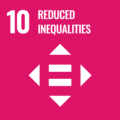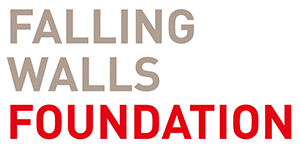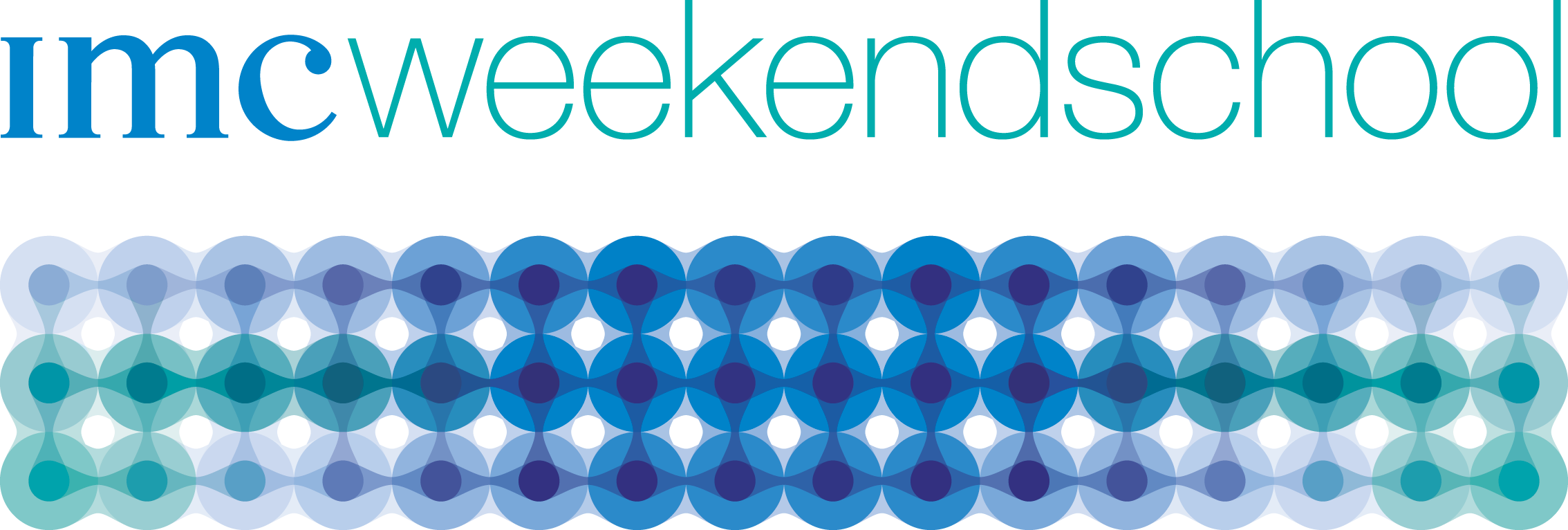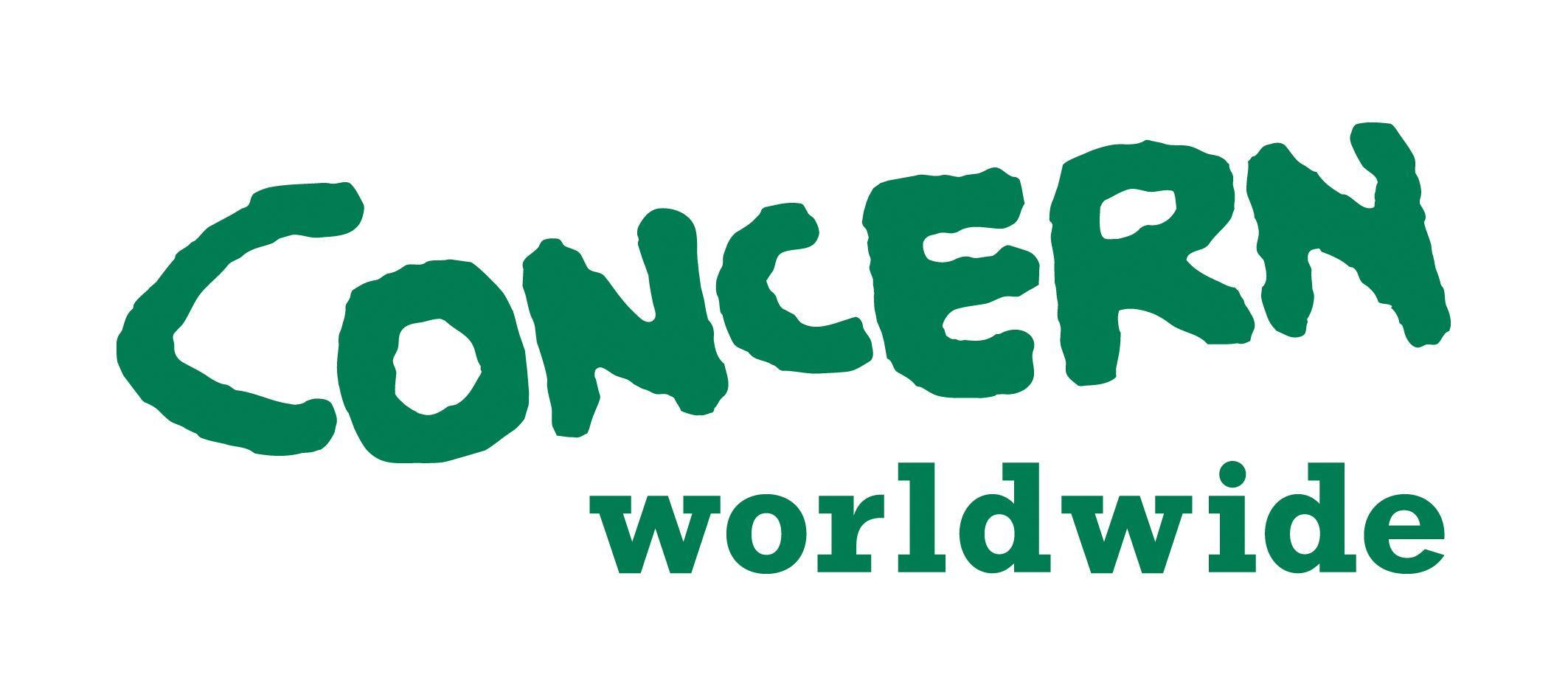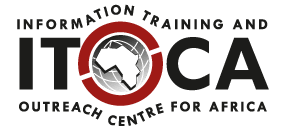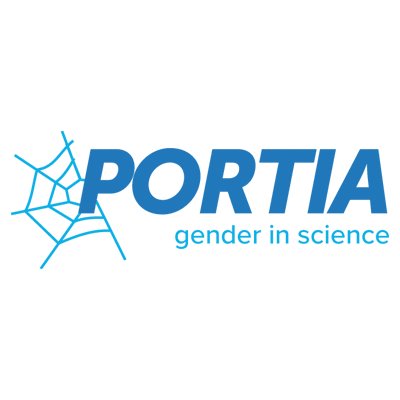Visiting Experts conduct sustainability research in developing countries
Categories: NEWS, INCLUSIVE RESEARCH
Tags: SDG13, SDG17, SDG10
by Augaly Kiedi
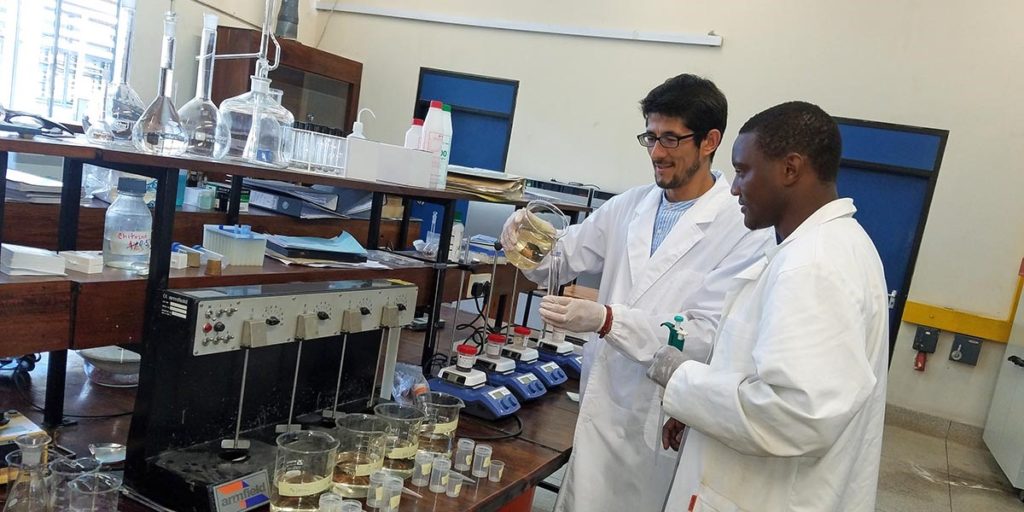
Dr. Mirabbos Hojamberdiev (left) works with a researcher at the the University of Dar es Salaam in Tanzania on research that will contribute to clean water accessibility.
Dr. Mirabbos Hojamberdiev, a senior researcher in the Department of Natural and Mathematical Sciences at Turin Polytechnic University in Tashkent, Uzbekistan, is helping clean up the world’s water. His research supports the UN’s Sustainable Development Goals, especially those related to clean water, affordable and clean energy, innovation, education, and partnerships for these goals.
However, the world’s problems cannot be solved in isolated domains. That’s why Dr. Hojamberdiev joined the Elsevier Foundation – TWAS Sustainability Visiting Expert Programme in 2017 as one of six participating experts. The program is a joint effort to promote sustainability in science through international collaboration. It provides an opportunity for institutions and research groups in developing countries, especially those with limited outside contacts, to establish long-term links with world leaders in sustainability and further build capacity in their countries. The Elsevier Foundation – TWAS Sustainability Visiting Expert Programme supports visits of distinguished scientists to institutions in developing countries, especially those in the 48 Least Developed Countries (LDCs).
When researchers collaborate to share their knowledge, they can combine their diverse perspectives to solving complex problems that are increasingly cross-disciplinary in nature. “From a practical viewpoint, collaboration enables researchers in institutions to access resources beyond their own, especially funding, talent and equipment,” said Elsevier Foundation Director Ylann Schemm. “It’s important in every country and every discipline, but it’s not always easy to facilitate in parts of the developing world.”
Collaborating to address river water contamination in Tanzania
Dr. Hojamberdiev is the 2017 recipient of the Georg Forster Research Award and the 2015 recipient of the TWAS-Atta-ur-Rahman Prize in Chemistry for his work on photocatalytic water-splitting. In October 2017, Dr. Hojamberdiev applied his research in Northern Tanzania, where river water in particular is often highly contaminated with fluoride and arsenic. As a Visiting Expert at the University of Dar es Salaam in Tanzania, he combined his expertise with that of the local research teams.
Dr. Hojamberdiev is leading the development of advanced photocatalytic materials for environmental remediation and energy conversion. The process uses water-based and non-water-based solutions of salts under controlled temperature and pressure to create synthetic inorganic crystals, which, when placed in water under visible light irradiation, splits hydrogen and oxygen. The split gases can then be used as a renewable energy source and the photocatalytic crystals for water purification.
Dr. Hojamberdiev worked with the research team of Prof. Felix Mtalo. As the research team of Prof. Mtalo worked on adsorptive removal of inorganic water pollutants using local materials, Dr. Hojamberdiev introduced an additional research line — photocatalytic removal of organic pollutants — which allows for a more effective destruction of organic pollutants upon solar light irradiation. Dr. Hojamberdiev supervised two graduate students on removing fluoride and arsenic from river water using this method and conducted preliminary tests with the students and technicians on the photodegradation of allochthonous organic substances and bacteria found in the water.
He tested his solution on water from a local river in Tanzania and found that it worked to mitigate contamination. Now Dr. Hojamberdiev is working on adapting the solution to work on a larger scale.
Dr. Hojamberdiev also gave a lecture at the university on photodegradation of organic pollutants in contaminated water under visible light irradiation.
Promoting South-South collaboration
One unique aspect of Dr. Hojamberdiev’s experience is its focus on South-South cooperation — connecting Uzbekistan to Tanzania. The students “were so surprised that I never had an education in Europe or the United States,” recalled Dr. Hojamberdiev. “They underestimated themselves as African-educated scientists.”
According to Sustainability Science in a Global Landscape, a report by SciDev.net and Elsevier, only 2 percent of all sustainability science is produced by low-income countries. Dr. Hojamberdiev’s presence as an accomplished young Uzbekistani scientist among the Tanzanian students not only challenged this status quo but also inspired the graduate students to want to continue onto doctoral studies. Further, the exchange gave Dr. Hojamberdiev and his host, Prof. Mtalo, along with Tanzanian students, an opportunity to co-author a forthcoming research article on the topic of photocatalytic removal of organic water pollutants by visible-light-active photocatalysts. Dr. Hojamberdiev also visited and established collaboration with scientists from the Nelson Mandela African Institute of Science and Technology in Arusha, Tanzania.
The unique case of Dr. Hojamberdiev’s visit to Tanzania from Uzbekistan was not only a personally rewarding experience for him but also an invaluable opportunity for the research team that welcomed him. The exchange of knowledge on techniques and methodologies gave both parties insight on how to improve their research, thereby improving prospects that fluoride- and arsenic-contaminated river water can be cleaned and used by people in Northern Tanzania and other places facing similar problems. Such collaboration is especially important for researchers in developing countries as it provides — among other benefits described in the international scientific collaboration guide by SciDev.net — opportunities to access knowledge and expertise to enhance domestic scientific capabilities.
